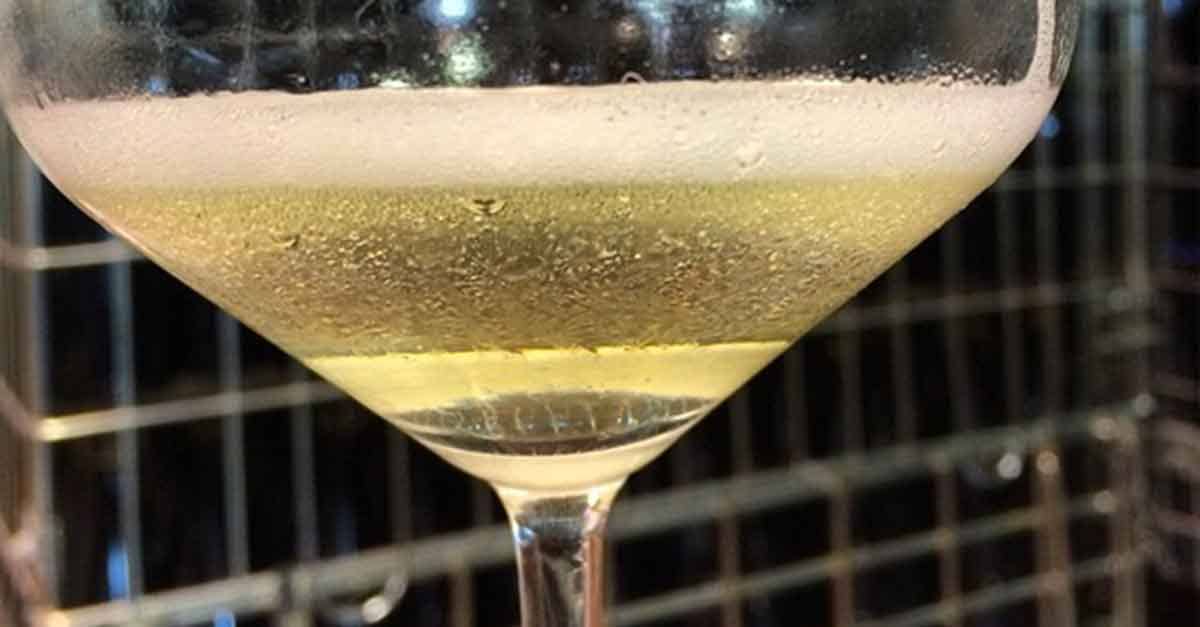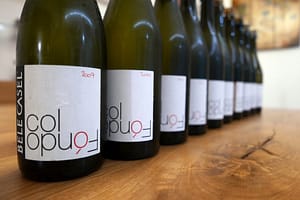Perlage is a word often used by Italians in describing sparkling wine.
Whenever we describe wine, we employ a literary figure known as synesthesia. It sounds like a big, fancy word but the concept is simple.
Using synesthesia, we use descriptors from one sensation to describe another.
In other words, when we say, for example, that we taste notes of strawberries in a bright Frappato from Sicily, we don’t actually mean that there are strawberries in the wine. We mean that we taste a flavor (or smell an aroma) that evokes strawberries or is reminiscent of strawberries. The same holds for almonds in Valpolicella, rose petals in Barolo, tar in Bordeaux, or salinity in our Prosecco Colfòndo to give you a few classic and canonical examples.
The first step in evaluating any wine — whether still or sparkling, dry or sweet — is to describe the wine’s appearance. How does it meet the eye?
And in the case of sparkling wine like Prosecco, we need to describe the bubbles.
Are they fine and pinpoint tiny or are they large? Are they concentrated and abundant? Or are they sparse? Do they persist and linger or do they disappear not long after the wine has been poured into the glass?
Borrowing from the French, the Italians like to use the word perlage from perle or pearl in French.
In French, the mousse, in other words, fizziness or effervescence can be referred to as perles or pearls.
Hence the word perlage or collection of pearls, a combination of perle and the suffix -age (from a linguistic point of view, the suffix denotes the gathering of “pearls”).
Why Italian have historically embraced the term perlage over mousse is not clear. But we can report that it is one of the most popular descriptors used in Italian today to describe the quality and character of fizziness.
It’s a classic example of synesthesia: We don’t actually see pearls in the wine but the bubbles we see are evocative of pearls.







